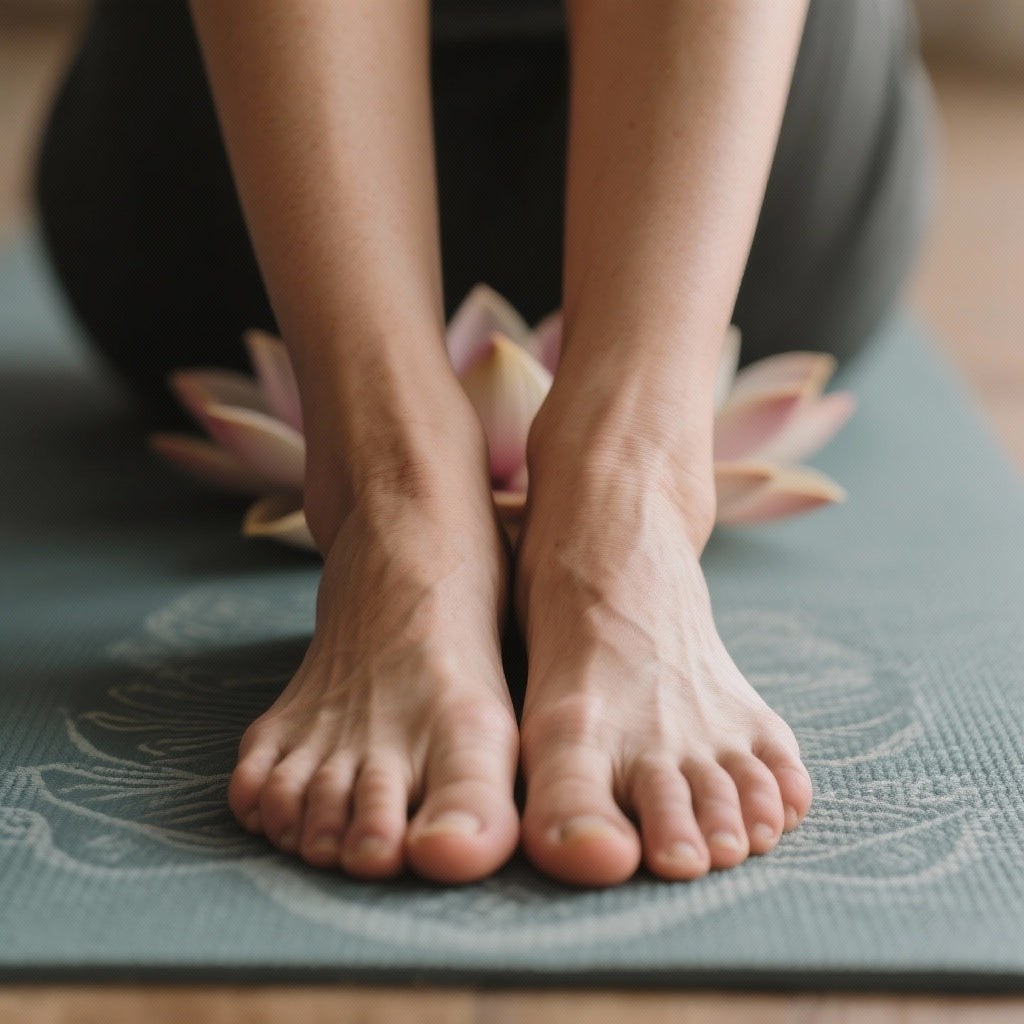Lotus Meditation: Blocked Circulation? Myths and Realities Decoded
The lotus position (Padmasana) is an iconic meditation posture, often associated with serenity and spiritual depth. It's everywhere, from yoga magazines to inspirational photos on social media. However, one question frequently arises: does the lotus position restrict blood flow? This claim, while widespread, deserves careful consideration. In this article, we'll explore the physiological realities of the lotus position, debunk common misconceptions, and provide practical tips for a safe and beneficial meditation practice.
It's crucial to understand that the lotus position, like any yoga posture, isn't suitable for everyone. Forcing your body into an uncomfortable position can indeed lead to circulatory problems and even injuries. Therefore, we'll discuss possible alternatives, adaptations for beginners, and precautions to take to avoid any discomfort. The goal is to allow you to meditate comfortably and safely, regardless of your flexibility level.
Understanding the Lotus Position (Padmasana)
The lotus position involves placing each foot on the opposite thigh, with knees bent and heels close to the abdomen. This posture promotes a stable and upright sitting position, essential for deep meditation. It is believed to stimulate certain energy meridians and enhance concentration.
It requires a high degree of flexibility in the hips, knees, and ankles. Attempting to force the position without proper preparation can put excessive stress on the joints and potentially restrict blood flow to the legs and feet.
Blood Circulation and Compression: What Really Happens
The claim that the lotus position blocks circulation isn't entirely false, but it's often misunderstood. Compression of blood vessels can occur, especially if the posture is held for a long time or if practiced by someone with poor circulation or mobility issues. However, this compression is generally not dangerous if practiced correctly and in moderation.
The human body is designed to adapt to a certain degree of compression of blood vessels. When you cross your legs in a normal sitting position, for example, slight compression also occurs, without completely blocking circulation. The problem arises when the compression is too strong or prolonged, which can lead to tingling, numbness, or a feeling of coldness in the feet.
Risk Factors and Precautions to Take
Several factors can increase the risk of circulatory problems related to the lotus position:
- Pre-existing poor circulation: People with circulatory problems such as peripheral arterial disease (PAD) or Raynaud's syndrome should be especially careful.
- Lack of flexibility: Attempting to force the position without adequate flexibility increases the risk of injury and excessive compression.
- Incorrect posture: Poor posture can put additional pressure on blood vessels.
- Excessive duration: Maintaining the lotus position for a prolonged period without moving can worsen circulation problems.
Here are some precautions to take to minimize the risks:
- Warm-up: Before attempting the lotus position, perform warm-up exercises for the hips, knees, and ankles.
- Slow progression: Advance gradually, starting with simpler positions such as the half-lotus or the comfortable seated position.
- Listen to your body: If you feel any pain, numbness or tingling, get out of the position immediately.
- Vary your positions: Don't stay in the lotus position for an extended period. Alternate with other sitting positions.
- Consult a professional: If you have any pre-existing health conditions, consult a doctor or qualified yoga instructor before attempting the lotus position.
Alternatives to the Lotus Position: Meditating Comfortably
The lotus position is not the only option for meditation. Many alternatives allow you to maintain a straight and comfortable posture without putting excessive pressure on your joints. Here are a few suggestions:
- Comfortable seated position (Sukhasana): Sit on a cushion with your legs crossed in front of you.
- Half lotus (Ardha Padmasana): Place one foot on the opposite thigh, keeping the other leg crossed in front of you.
- Sitting on a chair: Sit on a chair with your feet flat on the floor and your back straight.
- Tailor's position: Sit on the floor with your legs crossed and knees relaxed.
The important thing is to find a position in which you can maintain an upright and relaxed posture for the duration of your meditation.
Myths and Realities: Separating Truth from Falsehood
Myth: The lotus position completely blocks blood circulation.
Fact: Compression of blood vessels can occur, but it is generally not dangerous if done correctly and in moderation.
Myth: Everyone can practice the lotus position.
Reality: The lotus position requires great flexibility and is not suitable for everyone.
Myth: The lotus position is the only valid position for meditation.
Reality: Many alternatives exist, offering the same benefits without the potential risks.
"Meditation is not about posture, but about mindset." - Jon Kabat-Zinn
Meditating Safely: Prioritizing Comfort and Self-Awareness
The lotus position can be a beneficial posture for meditation, but it is not without risks. It is essential to understand the physiological realities of this position, take the necessary precautions, and listen carefully to your body. If you experience pain, numbness, or tingling, immediately get out of the position and explore more comfortable alternatives. The key to a successful meditation practice lies in comfort, relaxation, and self-awareness.
Remember that the main goal of meditation is to cultivate a calm and focused state of mind. Posture is simply a tool to achieve this goal. Explore different positions and find the one that suits you best, so you can safely and fully enjoy the benefits of meditation.











